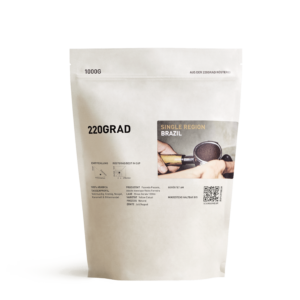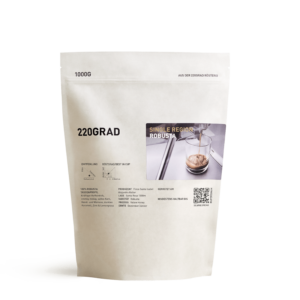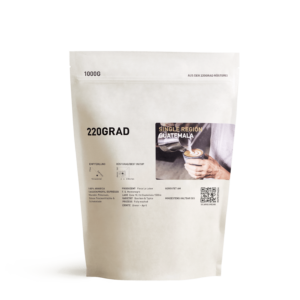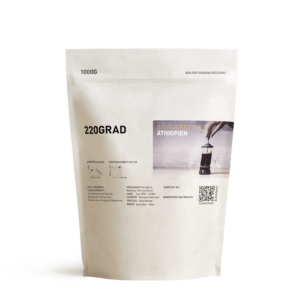1600-1950m
Decaffeination using ethyl acetate from sugar cane
At the beginning of coffee cultivation, the focus was on the effects of caffeine. This molecule is still a key motivation for many people to drink coffee. But, coffee is with 0,1% (dry matter) aroma content also one of the most aromatic foods we know . Because of the caffeine, the different aromatic impressions are usually only reserved for the first half of the day. We resisted to take decaffeinated coffee in our programm for a long time. On the one hand, because it does not correspond to the natural occurrence of the coffee plant. On the other hand, because synthetic-chemical decaffeination methods were dominant on the market for a long time. This situation has changed. By working with Belco from Bordeaux, we have found a good contact for decaffeinated coffee. You cannot buy decaffeinated coffee from individual producers because the quantities for decaffeination are too small and therefore too expensive. This means that Belco defined a standard for the quality of green coffee for the dacaffeination process. Producers can sell their harvest according to defined quality criteria. This is roughly comparable to the Ethiopian market, where up to 400 small farmers usually deliver to a washing station.
The coffee beans come from small and medium-sized fincas in the CAUCA region in Colombia. The DESCAFECOL company has been carrying out decaffeination in Colombia since 1988. The company specializes in decaffeination with ethyl acetate. This compound possesses good properties for dissolving caffeine and comes from sugar cane production. Ethyl acetate is an aroma, which occurs during the ripening in sugar cane and is harmless to health. Due to the small residues of the ripening aroma that remain in the beans after the process, the coffee beans have a slightly sweet touch even after roasting, which lasts into the cup.




